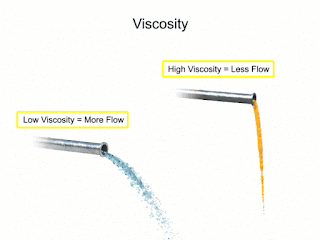 |
| Triple Offset Butterfly Valve |
Triple offset butterfly valves are designed to fill the demand for an alternate solution to gate valves and ball valves. They are preferred when weight, space, performance, and the ability to modulate to the process flow are an issue. Typically available in sizes 3" through 48", and in 150, 300 and 600 pressure classes, they're rated for operation from -50 deg. F. through 750 deg. F.
Face-to-Face dimensions are standard per AMSE B16.10, API 609, ISO 5752 and BS 5155. with API 598. Triple Offset Butterfly valves allow for bidirectional flow capability while complying with API 598 for seat leak testing, and are inherently fire safe by design. Finally, these valves offer anti-blowout stems and field replaceable seats for both disc seat and the body seat.
Triple Eccentric Disc-Shaft Design (see diagram below)
1st Offset: It is accomplished by moving the centerline of the shaft away from the seating plane.
2nd Offset: It is accomplished by moving the centerline of the shaft offset from the centerline bore of the valve.
These two design features cause the disc to open and close relative to the body seat in a “camming” action and effectuate the position seated valve design which is typical of the High Performance Butterfly Valve, however there is still contact between the disc and the seat in the first several degrees of opening and closing which can cause premature wear of the seat in the general areas.
In order to achieve an API 598 Shut Off classification a 3rd offset needed to be introduced to make the valve a “torque seated” design with graphite and metal seating surfaces.
3rd Offset: It is accomplished by adjusting the cone angle created by the 1st and 2nd offset angles at some point downstream of the valve in the center of the piping to the adjacent piping wall as depicted in the illustration below “Sticking tendency”. By incorporating the 3 offsets into one design typical of gate valves is eliminated with seat contact throughout the entire stroke reducing run torques and improving actuator modulating performance at the same time.
 |
| Diagram: Triple Eccentric Disc-Shaft Design (click for larger view). |
Applicable Industries
- Refinery
- Chemical
- Petrochemical
- Power
- Steam Generation
- Water/Waste Water Treatment












